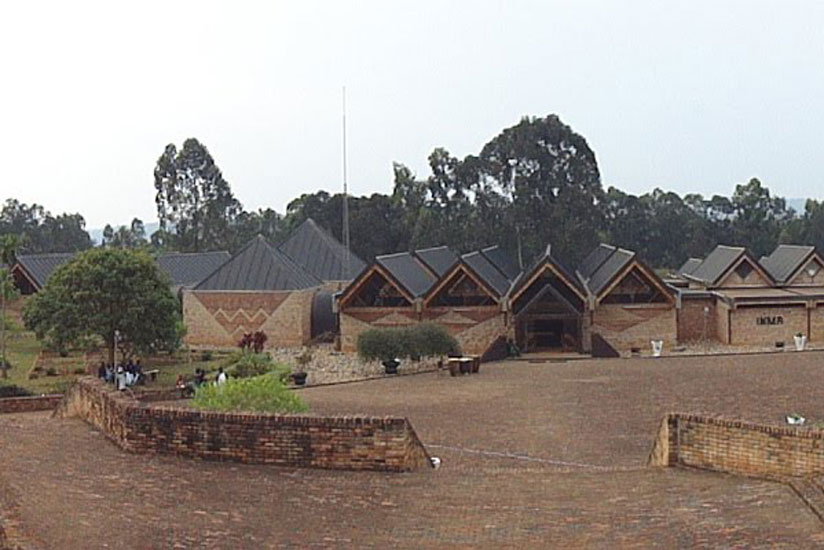Heritage and development can easily coexist
Editor,
Reference is made to the article, “Minister calls for innovation at national museums” (The New Times, March 25).

The National Museum of Rwanda in Huye. (File)

